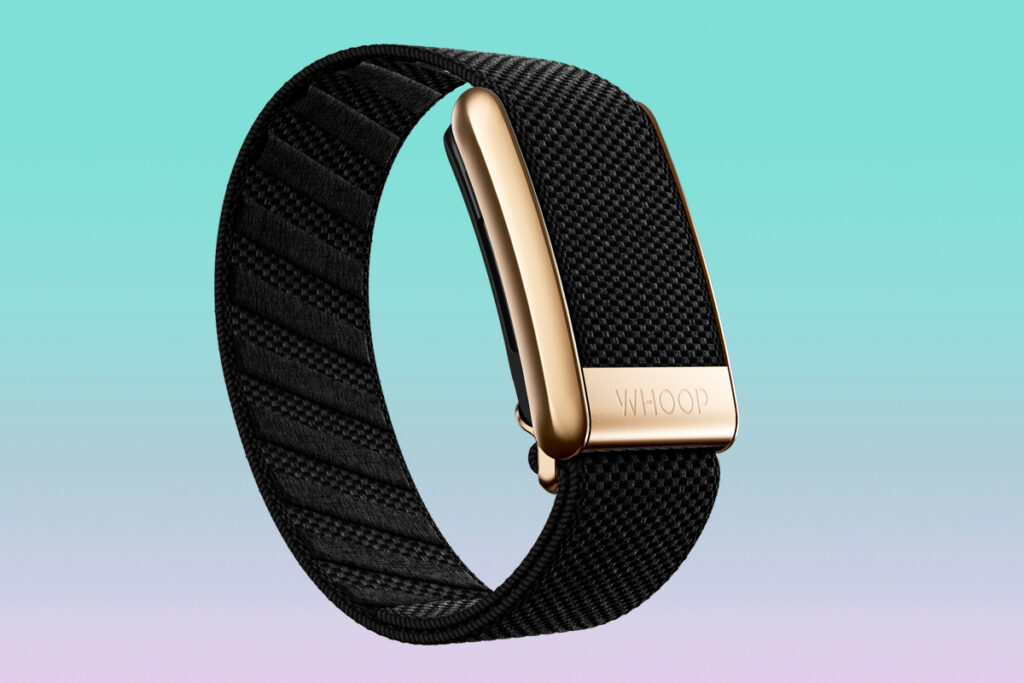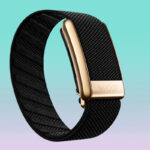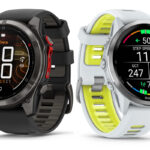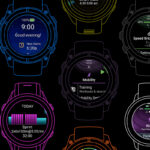Whoop is positioning itself toward a public offering within the next two years, according to CEO Will Ahmed as the company pushes for deeper health data integration in its wearable devices.
According to Ahmed, who previously alluded to the company going public at some point in the future, the move for an IPO could be in line within two years based an interview published last Tuesday with Bloomberg.
“I would think about it over a horizon of two years,” Ahmed said. “If you ask yourself, what public company today owns personal health, what comes to mind? I draw kind of a blank spot. It feels like it should be a big company in the world that is known for owning personal health.”
Whoop has taken significant inroads in the personal health tracking wearable space in past year with the launch of Whoop MG, which touts medical grade features to zero in on users’ underlying health.
A pivot towards taking Whoop public would establish the company’s growing presence in a stacked field of health-focused wearable manufacturers that offer devices that are not traditional smartwatches. The Boston-based company was founded in was founded in 2012 and has grown to 725 employees and cemented itself in the fitness tracking space with screenless — and fashionable — wearable bands that sync data to its platform.
Whoop’s approach to building its customer base — and revenue — is tied directly to essentially giving its fitness trackers to users at no cost but charge a membership fee to activate and use the device.
Other manufacturers with similar fitness and health trackers take different approaches, with Samsung’s Galaxy Ring having no subscription but costs $400 before discounts and trade-ins. Oura charges $5.99 a month for a membership on top of its smart ring, which starts at $349.
Meanwhile Polar, known mostly for its watches and sensors, introduced its Loop tracker that its screenless like Whoop devices, costs $200 and has no subscriptions. Whoop apparently took exception to these apparent similarities and filed a lawsuit against Polar last month, claiming “wholesale copy” infringements on its designs.
Whoop believes the Polar Loop design can confuse customers and says that its trackers feature a front area with no screen, fabric band and metal accents — and has keep this look since its first device was introduced in 2015.
Outside of competitors, Ahmed told Bloomberg about the specific ways Whoop will lean into personalized health data tracking that continues to prioritize accuracy with innovation.
“We’re going to do two things: One is bring that data into Whoop, however you’re collecting it” Ahmed said. “And two is look at the method for collecting it and see if that can be much more non-invasive.”
The company is adding more features to its arsenal and will introduce blood test early next year that signal a push to expanding its platform to not only display health stats but eventually predict the signs of major health issues like a heart attack.







